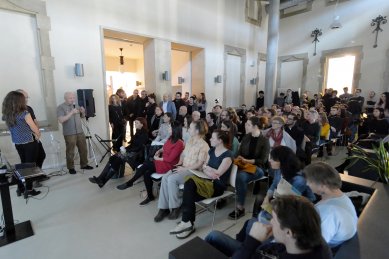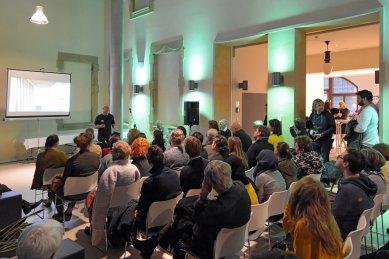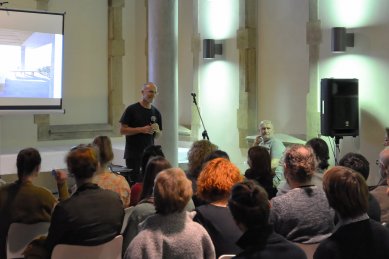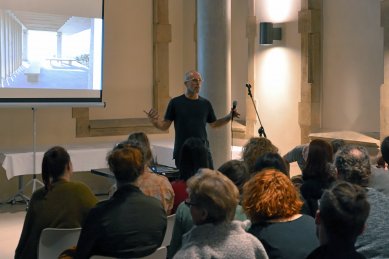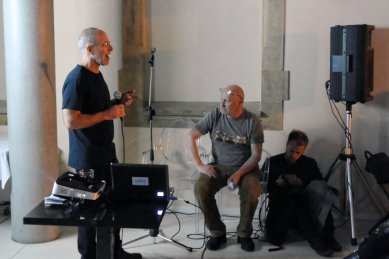The Regional Gallery of Liberec is hosting an exhibition “Alberto Kalach: Master of Mexican Architecture“ from March to June, curated by architect Zdeněk Fránek. On the occasion of the opening and lecture, archiweb.cz had the opportunity to ask this leading contemporary Mexican architect a few questions. The interview took place on March 13, 2018, at 15:00 in the restaurant of the Imperial Hotel.



